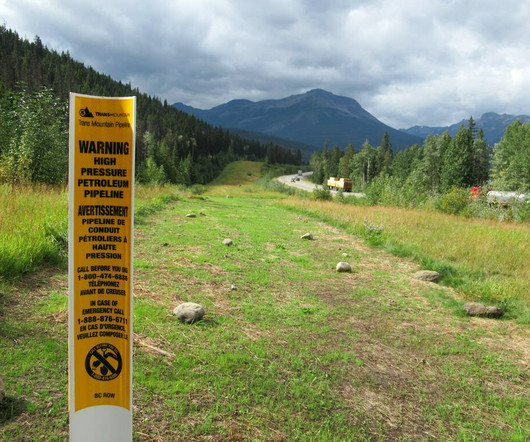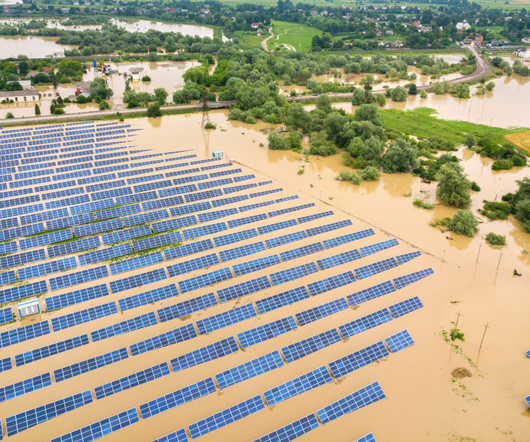At long last, Canada restricts oil and gas subsidies (except for all the loopholes)
Corporate Knights
JULY 25, 2023
The policy won’t affect money that has already gone out the door or commitments that have already been signed, there is no published calculation of the future subsidies that will now be foregone, and the documents provide no cost figures for 129 non-tax measures that could be shifted as a result of this week's announcement.












Let's personalize your content